Why do the leaves turn black on the pear and what to do?
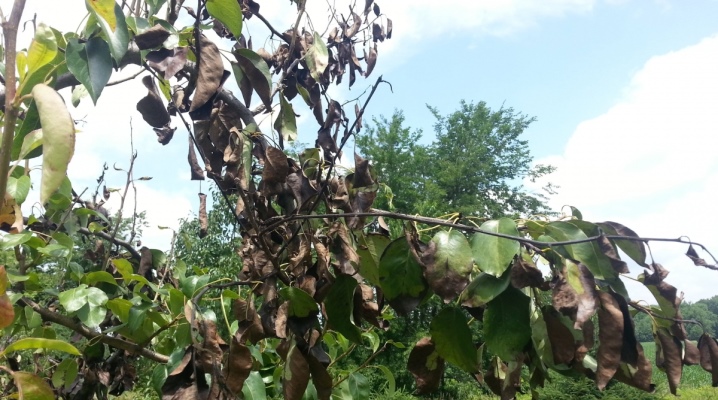
Many gardeners face a problem such as blackening of the leaves of pear trees. Moreover, it can appear both in young three or four year old trees, and in older plants. The reasons for this problem and the measures to combat it can be found in the information below.
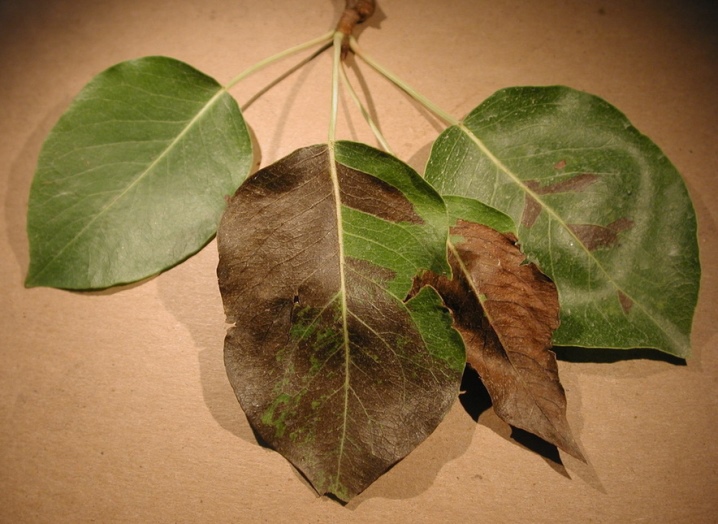
Main reasons
Natural
The natural reasons for the blackening of leaves on a pear include a lack of fertilizers, that is, mistakes in tree care.
So, if the tree lacks certain nutrients, yellowness and black spots may form on its foliage. Most often, this problem occurs due to a lack of calcium. If the problem is not solved, then the leaves eventually turn black completely, dry and eventually fall off, and the plant itself begins to seem weakened and unhealthy.
To solve this problem, it is necessary to use fertilizers with a high calcium content or calcium nitrate.
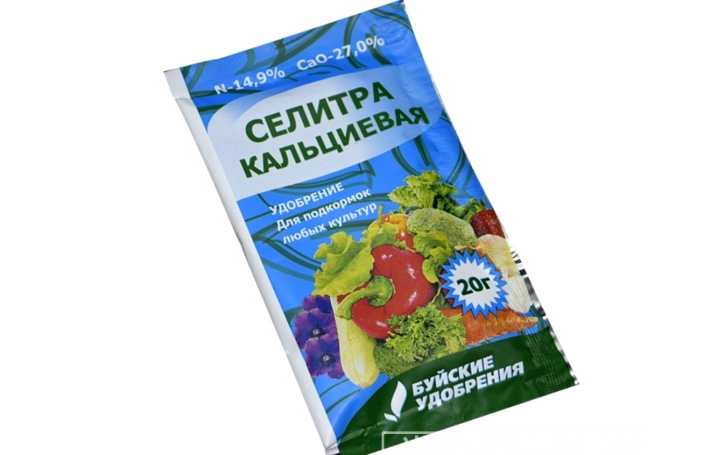
If the leaves not only darken and dry, but also curl up into a tube, and so-called rosettes form at the ends of the branches, then this indicates boric starvation of the plant.... Young trees especially often suffer from this problem. In this case, it is necessary to use a complex of mineral products that will contribute to the nutrition of the pear and its saturation with useful substances.
Often the problem of blackening foliage is associated with weather and climate conditions. So, due to the high dryness of the air masses, extreme heat and a lack of moisture, the tree can weaken, and twisting and blackening can be observed on its foliage, especially the upper one. In order to remedy the situation, it is necessary to supply the trees well with moisture. However, there are also varieties of pear trees that are poorly susceptible to dust. In this case, the plant should be provided with the required amount of water, most often drip irrigation is organized for this.
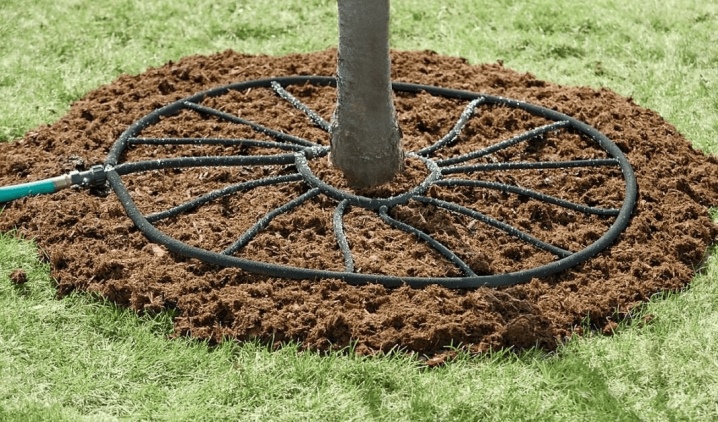
Diseases
Often, pears also have various kinds of pathologies. Most often, these are diseases such as scab, fire blight, fruit rot, black cancer, powdery mildew and sooty fungus. Let's take a closer look at each of the pathologies.
Scab
This disease is the most common. Because of it, not only foliage and branches suffer, but also flowers and fruits.
This disease can occur due to the high level of moisture both in the soil and in the air, due to the age of the tree, and this includes both old plantings and relatively young, and also because of the characteristics of the variety, that is, high susceptibility to various kinds of diseases. Scab spores can accumulate in old foliage that lies on the ground. She is not afraid of even the most severe frosts, and therefore it is recommended to harvest all the old foliage from under the pear after harvesting.
Besides, the disease can strike a pear through cracks in its bark. In this case, it develops many times more actively, and it is difficult to deal with it.
To avoid this problem, it is necessary to use different preventive measures. These include, for example, spraying pears with Bordeaux liquid.

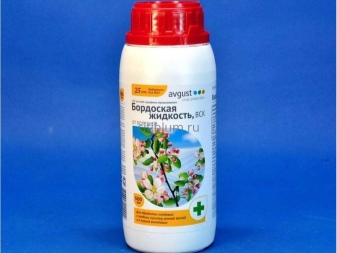
Bacterial burn
This disease is characterized by a high level of severity. If you do not deal with it as soon as possible, then the plant will eventually simply die. Bacteria proliferate actively in the structure of the plant and subsequently completely infect it.
You can notice this disease by such signs as black foliage at the edges and blackening of the branches, they look like burnt. In addition, the tissues of the plant begin to die off, as do its leaves, fruits and flowers.
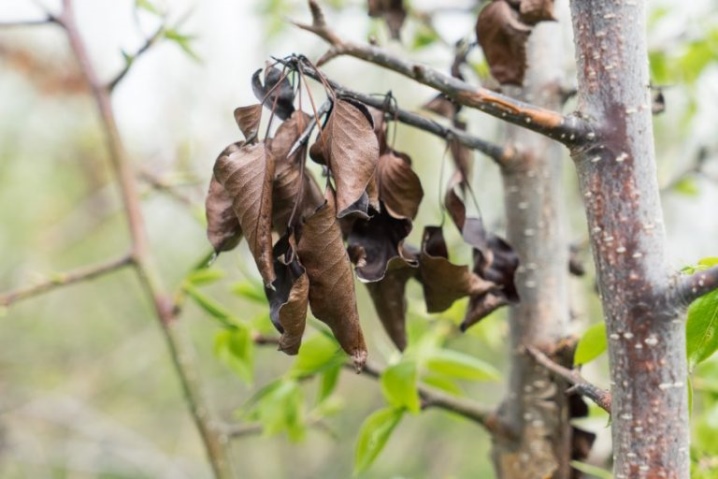
Not only an adult tree, but even a seedling can become infected with this disease. Infection can occur during planting, and the grower himself can be the cause if he uses contaminated equipment. Therefore, in order to prevent the occurrence of disease on the shoots before planting them, it is necessary to disinfect garden tools.
The spread of this disease is active, it can be detected not only by the state of the tree, but also by the low level of its fruiting.
You can notice the development of pathology even at the first stages (even in summer, in June), this can be provoked by an excess of feeding or extreme heat. The foliage begins to turn brown, the leaves curl, and the shoots turn black.
Often late trees, which have abundant fruiting, are susceptible to this.
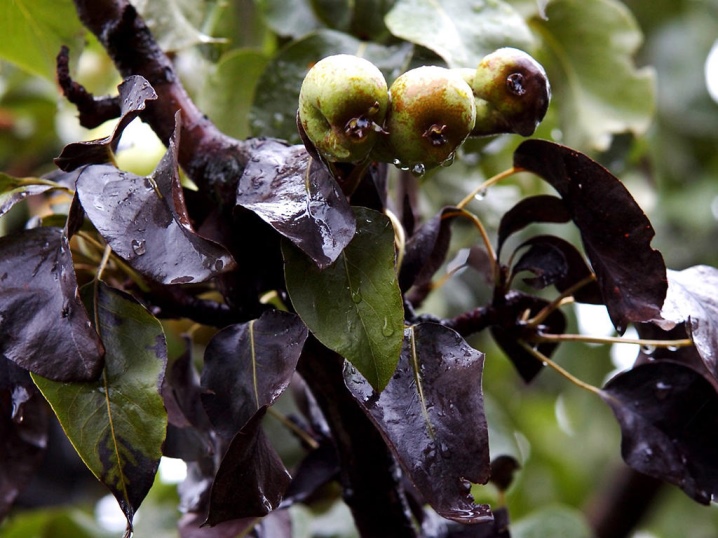
Fruit rot
This pathology is also called moniliosis. The first sign of its appearance is the blackening of the fruits, which occurs during the period of their pouring. Dark spots and plaque form on pears, as a result of which their flesh becomes friable, a noticeable change in taste occurs. If you do not fight this pathology, then it begins to actively progress, the branches also begin to suffer, gradually drying out.
For the treatment of the disease, it is recommended to treat pears with chemical agents. Moreover, you need to process it as soon as possible, otherwise you risk losing a good and tasty harvest.

Powdery mildew
This disease appears due to the spores of marsupial fungi. The disease differs in many respects from all others in its course. So, initially, a whitish bloom appears on the young foliage of the tree. Only then it begins to change its color, first to reddish, and ultimately to black. At the last stage, the foliage begins to die off.
Very young plants and shoots are especially at risk of catching this disease due to the fact that they have not yet had time to get stronger. It is necessary to fight this disease by eliminating the affected areas of the tree. To prevent the spread of this pathology further, you need to burn all these remnants.
In addition, in order to prevent the onset of the disease, it is recommended to treat the pear with "Fundazol" or "Sulfite" for prevention, you can also resort to the help of proven folk remedies.
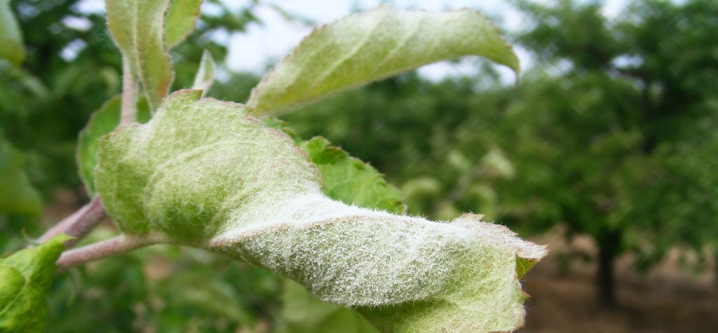
Black pear crayfish
This is a fungus, the second name of which is cytosporosis. This infection provokes blackening of the bark of the tree, and also has a negative effect on the branches. In advanced cases, damage to the foliage and fruits begins - during this period, red spots appear on them. On the trunks, small dark spots appear, from which gum is formed. In the future, these places are covered with brown wounds. After a while, the entire trunk of a pear tree acquires a predominantly black color.
The treatment of such a disease is not an easy process. In certain cases, you have to get rid of the plant altogether.

This disease most often appears due to active attacks of pests, which include aphids, copperheads and thrips. They suck the nutrients from the tree, and their waste products are sugary secretions, which create favorable conditions for the active spread and development of the disease. In addition, excessive density of the crown of a pear, as well as a lack of sunlight, can provoke the disease.
The development of the disease starts at the stage when the pear stops blooming, or during the period of fruit ripening. At this moment, you can see a black coating on the tips of the foliage and fruits, which is easily erased, and the fruits themselves become not as tasty as they should be.
To prevent your tree from getting sick, you need to treat it from all sorts of parasites.

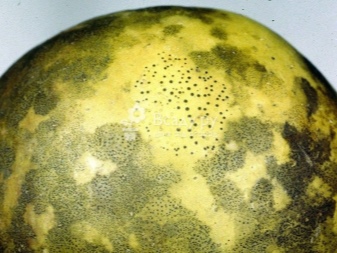
Pests
There are also many parasites who want to feast on the pear tree. They must be actively combated in order to prevent tree diseases and wilting.
Leaf roll
This pest gnaws at the edges of the foliage. Subsequently, the leaves begin to wither and curl. The fight against this pest is carried out with the help of special means, insecticides, the treatment of which is carried out at intervals of several weeks. And to prevent its return, all affected parts of the plant are collected and burned.
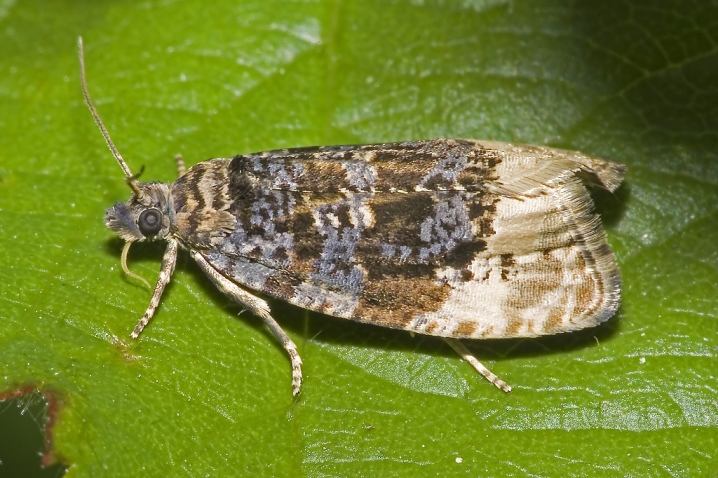
Pear gall mite
These parasites attack young kidneys. It is difficult to notice them until the foliage appears. Further, they can be detected by the black spots that appear, after which the leaves begin to darken and subsequently dry out.
To prevent these parasites from harming your tree, it is necessary to process it even before the first buds appear.
If you notice a problem after the foliage has begun to bloom, then using chemicals is not recommended. In this case, it is best to resort to proven folk recipes.

Aphid
This pest is a big problem for almost all plants in the garden. You can notice it already in early spring. Already at this time, he begins to cause great harm to young foliage. It begins to curl and becomes somewhat darker than before. In advanced cases, the leaves turn black and die off.
This parasite lives on the top of the shoots. If there are not so many of them, then you can resort to folk remedies. If the aphid has bred, then in this case you will have to use chemicals.
Experienced summer residents recommend processing the plant in the evening every 7-10 days. In this case, after the rain, it will need to be sprayed again.
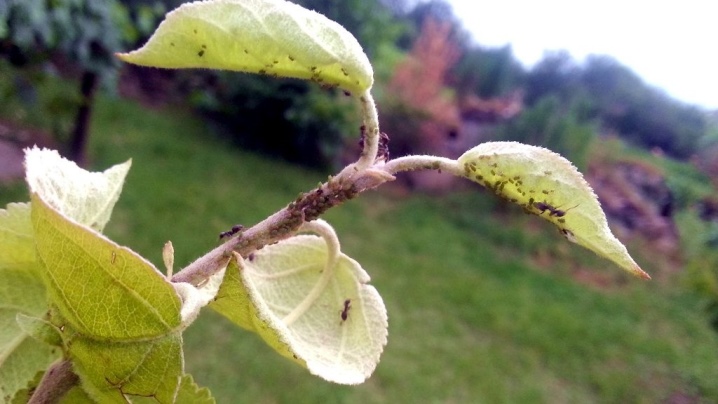
How and with what to treat?
If you notice the first signs of the manifestation of the disease, then you must immediately apply measures. To do this, you will need to resort to the help of special drugs.
Chemical and biological products
Chemicals are highly effective, but they are quite toxic, therefore they must be used carefully, observing safety rules and current instructions.
For in order to fight the fungus that causes blackness of leaves, branches and fruits, it is necessary to purchase products that are high in copper. These include copper sulfate and Bordeaux liquid. It is best to use these drugs in the autumn and spring periods. When the first buds begin to form, it is better to use fungicides, such as, for example, Topsin and Folicur.
If we talk about biological agents, then there are a lot of them on the current market. They are especially effective for treating a bacterial burn, but they can cope with other diseases with a bang and save your pear.
Most often, gardeners turn to such products as "Gamair" and "Fitolavin".
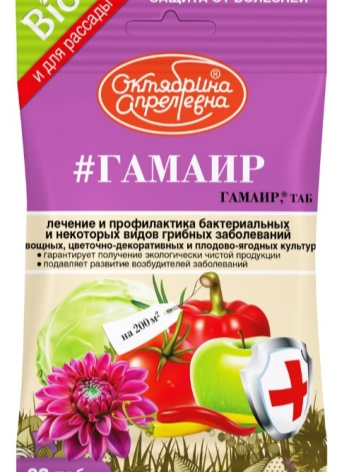

"Gamair" is recommended to be used during the ripening period of pears. It is safe for both fruits and humans. Pears that have been treated with this preparation are edible. To use it, you need to dissolve 2 tablets of this substance in a liter of water, and then spray the plant from the top to the very bottom.
"Fitolavin" is also a biological preparation, but it has a slightly stronger effect on wood.... It is recommended to use it in the first stages of the growing season, that is, before fruiting, so as not to harm your own body. To use this tool, you need to dissolve 20 milliliters of the mixture in 10 liters of water, after which you can water and spray the seedling.
Biologics are also effective against a disease such as black fungus. The microorganisms that predominate in such preparations are capable of absorbing the sweet substance that is secreted by the parasites. Thus, they eliminate conditions that are favorable for the development of fungal infections. Most often, in order to combat this disease, the means "Baikal" and "Shining" are used.
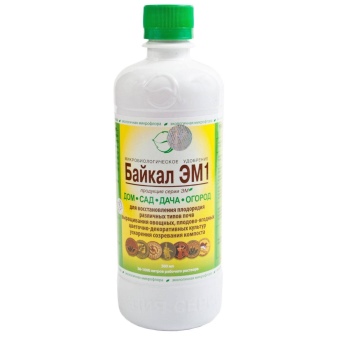
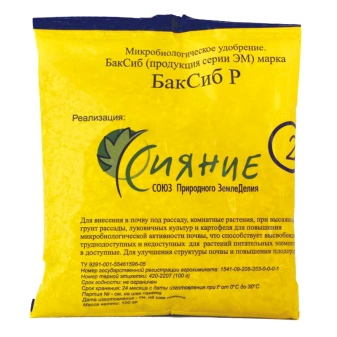
Folk remedies
Most of these funds are aimed at combating pests, due to which most diseases arise.
The most popular way is to spray the plant from top to bottom with a strong water pressure using a hose. This should be done at intervals of two days for 2 weeks.
You can also resort to solutions made with your own hands at home. To do this, you need 400 milliliters of alcohol, a liter of water and a tablespoon of soap.
All this must be mixed - and processed. This is best done in the morning - before the sun has risen.

In addition, solutions based on garlic, onion husks, tobacco, yarrow or tansy work well in the fight against parasites.
To prepare an effective mixture, you need to take 0.4 kilograms of any herb and 3 liters of water. All this must be mixed well and allowed to brew for 3-4 days, after which you can add a little wood ash. All this must be filtered and more water added so that the final volume of the solution is about 10 liters. After that, you can process your plantings.

Agrotechnical control methods
Agrotechnical methods help to strengthen the plant during the period of its illness, as well as increase its immunity. Initially, it is necessary to clean the soil where the pear grows from the remnants of last year's foliage, since there may be remnants of the fungus or the larvae of parasitic insects on it. To prevent the spread of the same parasites, it is required to dig up all the earth that the crown of the pear covers. Note that in the process it is recommended to add organic fertilizing or mineral agents that will increase the plant's resistance to various diseases.
Periodically treat the plant with hot water (temperature - more than 60 degrees), but this can be done before the buds open and the ovaries begin to appear. When buds begin to appear, it is possible to carry out treatment with such a biofungicide as "Agate". It can be repeated after 18–20 days. When the flowering stage has come to an end, it is recommended to fertilize the plant with products that contain potassium and phosphorus. After harvesting, it is worth removing all the remnants of the foliage, which is recommended to be burned.
It is also necessary to treat the trunk and branches with a liquid of lime and copper sulfate.
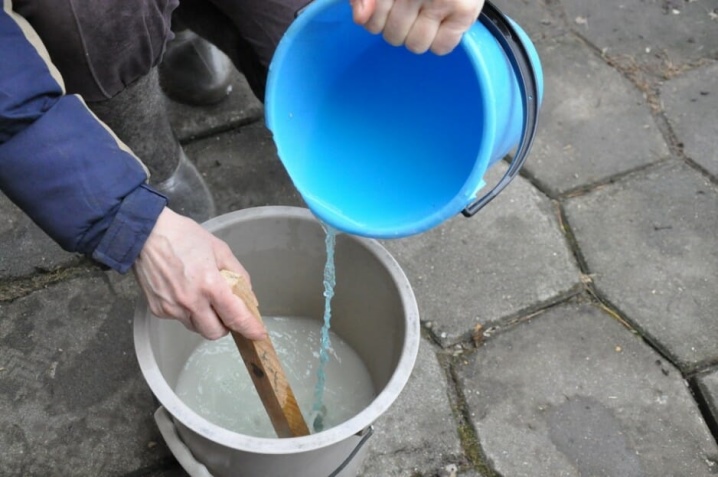
Prevention measures
Preventive measures can help avoid problems such as blackening of foliage or fruits. The list of such measures includes regular pruning of trees and removal of affected areas, periodic disinfection of garden tools.
In addition, it is worth paying great attention to feeding the tree with various substances, elements necessary for it, since it is they that contribute to increasing its immunity and resistance against pests and various diseases.
It is also necessary to carry out proper watering of the pear, especially in the summer. You can neither overdo it with the amount of water, nor cause its deficiency. It is important to observe the measure so as not to harm the health of your plant. Pay special attention to the root collar, its excessive moisture can lead to a lot of problems that are difficult to deal with.
In winter, it is recommended to protect the tree from frost, especially for severe frosts.

What happens if you ignore the problem?
If your goal is to get a good, large and, most importantly, tasty harvest from a tree, then you cannot ignore its diseases and the presence of parasites on it. Otherwise, you are unlikely to be happy with the consequences.
Often, if you do not start to deal with the problem, the top of the tree begins to dry out, and its fruits fall off. Often you can notice not only blackening, but also the dying off of the foliage, and then the drying of the entire trunk.
The tree begins to gradually weaken, it ceases to actively bear fruit and eventually dies completely.
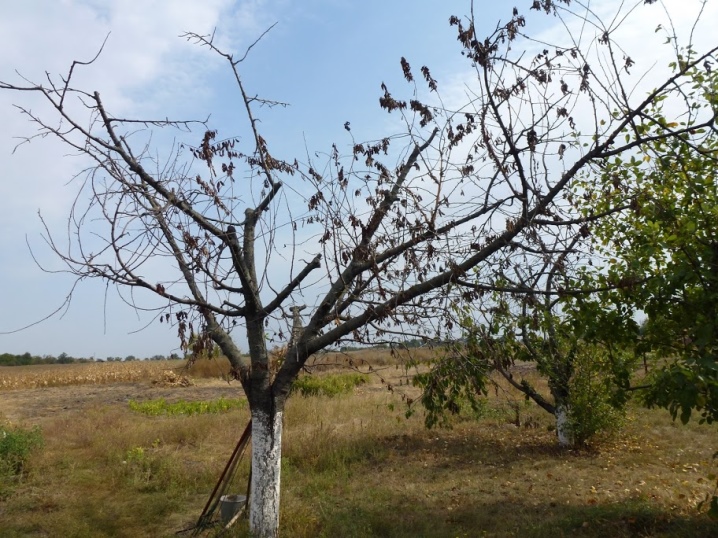













The comment was sent successfully.